The French have successfully shot down a drone with a laser.
View: https://twitter.com/florence_parly/status/1412820336404484096?s=20
View: https://twitter.com/florence_parly/status/1412820336404484096?s=20
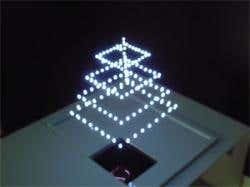
 www.forbes.com
www.forbes.com
I suspect that the current government may be increasingly desperately looking at 'a whiff of grapeshot' type measures as its grip continues to slip.Otherwise, 10 years after, it will still be the same crazy rhetoric about firing laser shots among the public...
In fact HELMA is due to become a family of systems, CILAS planning to add to the current HELMA-P the HELMA-XP, the high power version aimed at neutralising not only UAS at longer ranges but also to act against the RAM (Rocket, Artillery, Mortar) threat, which will become available in 2027 according to the company roadmap
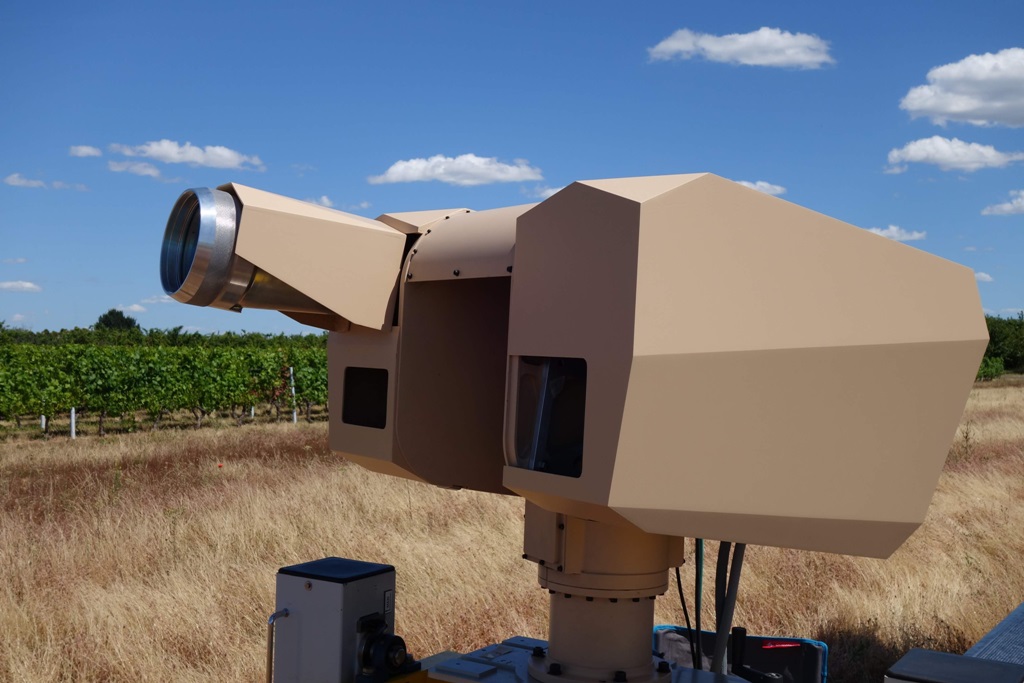

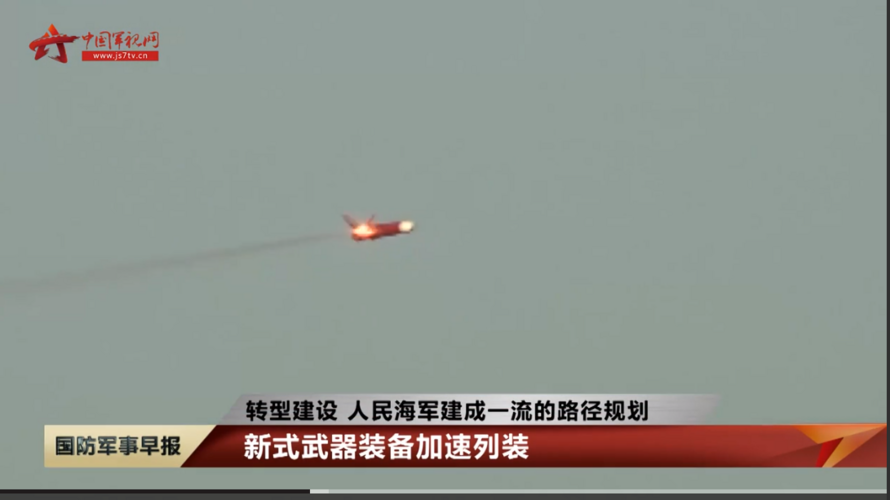


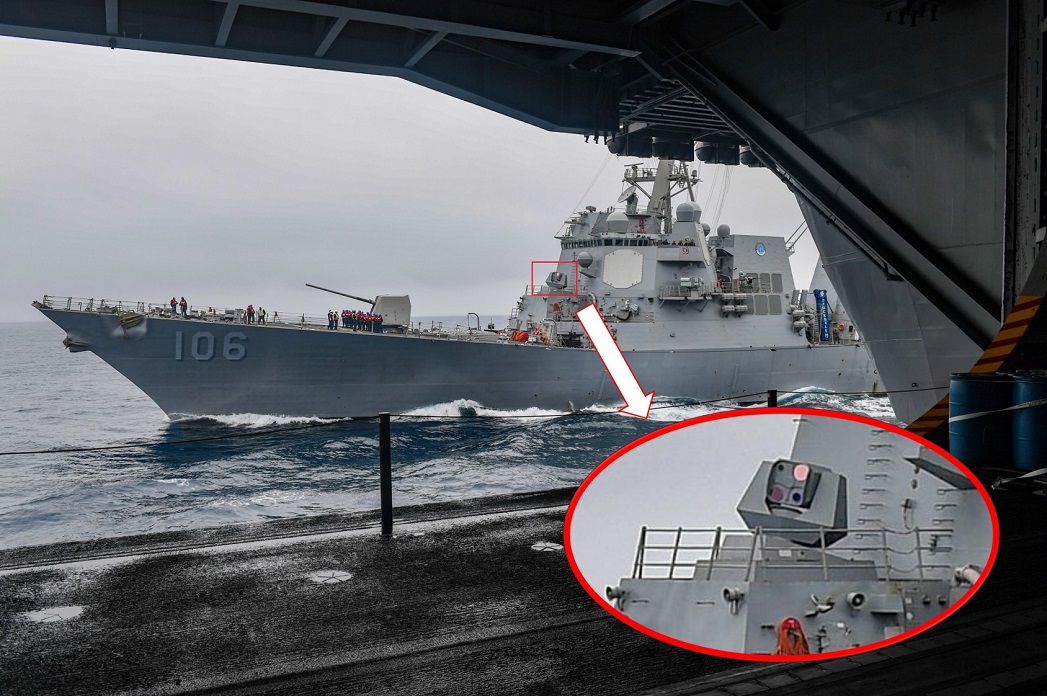
"In coordination with our partners across the U.S. government, we are vigorously investigating reports of possible unexplained health incidents among the U.S. Embassy Vienna community," the State Department said in their announcement of the investigation obtained by The Hill.
"Any employees who reported a possible UHI received immediate and appropriate attention and care," the statement added.
The New Yorker magazine first reported the Vienna cases that began after President Joe Biden assumed office.
Some believe the mysterious illness is an attack by U.S. adversaries using radio wave weapons.
There have reportedly been more than 130 cases of Havana syndrome, and two occurred in Washington, D.C., near the White House.

Tin foil hats needs to be standard issue, or is another metal a better choice?Some believe the mysterious illness is an attack by U.S. adversaries using radio wave weapons.
There have reportedly been more than 130 cases of Havana syndrome, and two occurred in Washington, D.C., near the White House.

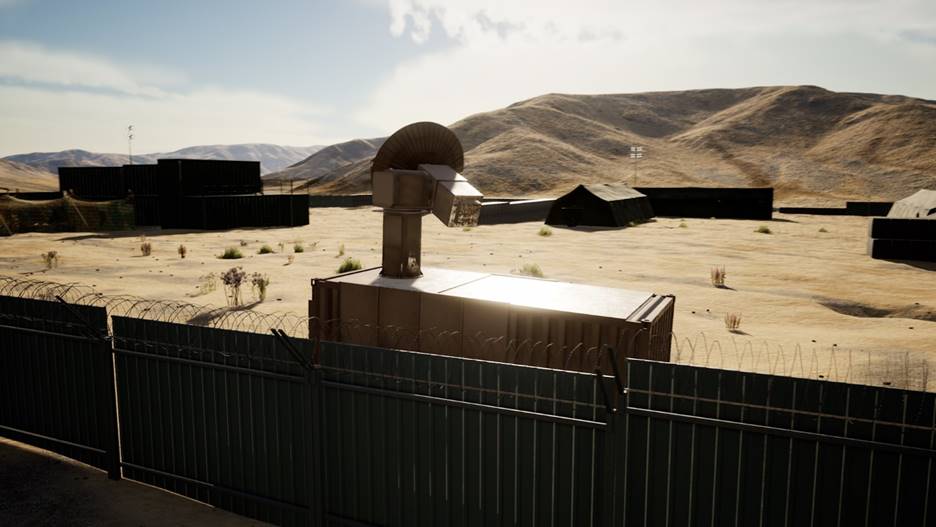

AFRL Looking for Contractors to Build Anti-UAS High-Powered Microwave | Air & Space Forces Magazine
The Air Force wants to develop and field a high-powered microwave system that can protect air bases by disabling or destroying hostile drones.www.airforcemag.com

FWIW did see a report a few years ago that to design in from new not that expensive, to retro-fit would near double the cost, mentioned 90%.I am not sure you can farraday cage all your flight sensitive systems at a favorable cost and weight balance.
If then you have up the price and the complexity for your adversary you then have solved a big part of the swarm aspect.
IMOHO Faraday protected drones will never be mainstream among the public. Hence any drone built that way will not benefit from the economy of scale of a large market.
No expert by any means but one possible option might be MXene developed at Drexel University with the claim that you just had to dip cotton/linen cloth in that was very effective in blocking 99.9% of electromagnetic waves, if true don't think it would be that expensive or weighty?You can’t faraday cage your drone if it needs or sends radio signals. If it operates purely autonomously it is possible though possibly not practical from a weight and cost perspective.



No not exactly.so will i be correct in thinking lasers can only operate in daytime and range will be severely degraded by adverse atmospheric conditions, rain, fog etc, presumably radars do not have the degree of accuracy to hold laser beam on a few square cm's and the necessary seconds to burn through while both target and ship randomly moving in air and on the sea

I'd be surprised if the designers didn't make use of all the optics for a passive observation, a LIDAR mode and more. I suspect laser equipped ships could do laser based search, track and engage while soft-killing radar stealth ESM/IR AShMs like LRASM long before it gets close. It certainly is no good to leave a emitter unused when the shooting starts, even when the target is outside of vape range.With radars, especially the SPY1, have more then enough accuracy to get the beam on proper target. Remember the SPY1 has pencil size beam to scan for and track targets. It has more then enough accuracy to keep the laser on target unless the ship turns past the mounts limits, but thats an issue with all none vertical guided systems.
The cameras in the laser mount mainly there to make positive ID on the target, always important, and fine control. Find control being basically choosing what part of the target you want to fry.
My understandingNo not exactly.so will i be correct in thinking lasers can only operate in daytime and range will be severely degraded by adverse atmospheric conditions, rain, fog etc, presumably radars do not have the degree of accuracy to hold laser beam on a few square cm's and the necessary seconds to burn through while both target and ship randomly moving in air and on the sea
There is no techanical reason for it to be daytime limited, lord know we have enough optical gear that is night capable. Like that a well known tech at this point.
Everything I can find on Fast Steering Mirrors basically have them being basically the Turret for the Beam, IE the generator is fix so the light weight mirror spin to do the needed beam aiming, and helps focus it for more range, by flexing in a certain way so the beam gets defocus just right so the atmosphere refocus it. Which is some real techo-wizardly there.
And since the mirrors are so light weight it can correct far faster and more accurate then say the then the gun or CIWS mounts.
With radars, especially the SPY1, have more then enough accuracy to get the beam on proper target. Remember the SPY1 has pencil size beam to scan for and track targets. It has more then enough accuracy to keep the laser on target unless the ship turns past the mounts limits, but thats an issue with all none vertical guided systems.
The cameras in the laser mount mainly there to make positive ID on the target, always important, and fine control. Find control being basically choosing what part of the target you want to fry.
As for the weather...
Not that big of an issue, the targets that this system is design to engage are unable to work in those conditions you mention. While those that can are sufficient large enough to warrent either a proxy fused 5 inch shell, 20-35mm, or a Standard.
Eyeah the Navy has done its homework for this and know how it works.
You are over thinking this.Light has a wavelength of 400–700 nanometers (nanometer is one billionth of a meter) so would think any centimeter or even a millimetric range radars would be hopeless for providing the necessary degree of tracking accuracy required to keep the laser beam on the precise point of the target, including the 7.5 to 15 cm S-band SPY-1D, radar required in search mode to acquire drone and transfer the target data to the much more accurate laser beam director.


The Space Solar Power Incremental Demonstrations and Research Project (SSPIDR): Space Power Beaming, is a series of integrated demonstrations and technology maturation efforts that will address space-based power collection and transmission capabilities, and mature technology critical to building an operational solar power transmission system for providing reliable and logistically agile power for expeditionary forces.
Arachne, the keystone flight experiment in SSPIDR, aims to demonstrate the ability to collect, convert, and beam energy to the ground, collect solar energy using high-efficiency solar photovoltaic cells, then convert it to RF energy using the revolutionary sandwich tile, and beam it to a receiving station on the ground, and rectify and convert the RF energy into usable power for use by U.S. warfighters and end users.
